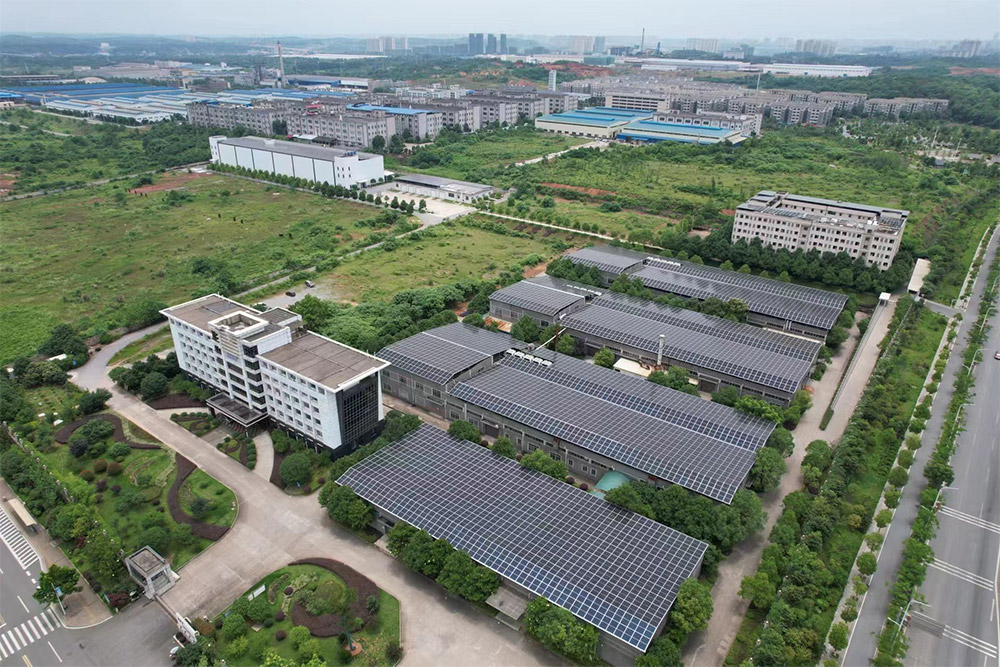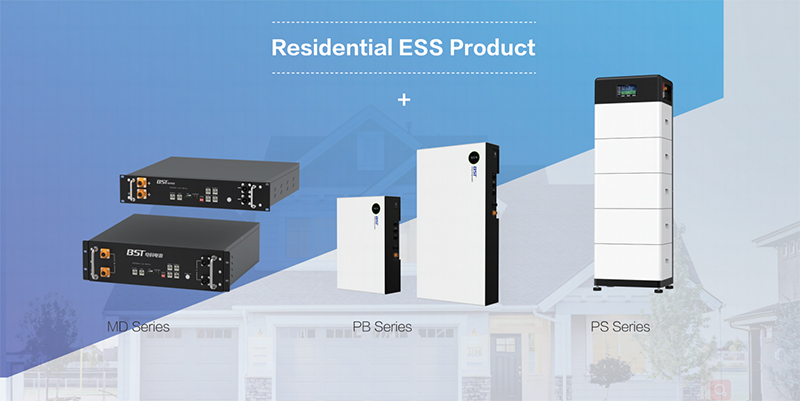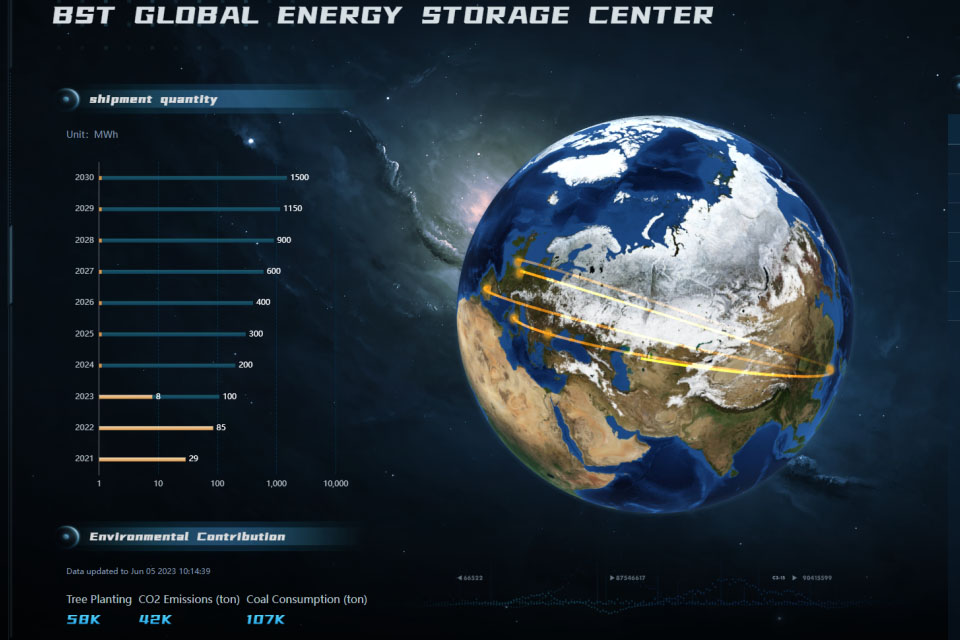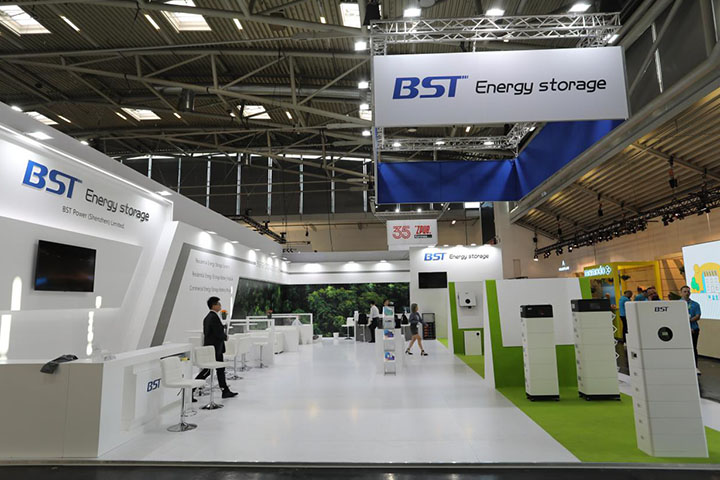Overview: Why LiFePO₄ Battery is the Smart Choice for Business Energy Solutions
LiFePO₄ (Lithium Iron Phosphate) batteries represent the next generation of safe, long-life, and high-efficiency lithium battery technology. Compared to traditional lithium-ion chemistries and lead-acid batteries, LiFePO₄ batteries offer exceptional safety, ultra-long cycle life, high temperature resistance, and a low total cost of ownership (TCO)—making them the preferred choice for commercial, industrial, and utility-scale applications.

Whether you’re in renewable energy, logistics, telecom, e-mobility, or off-grid storage, understanding how LiFePO₄ batteries work—and what makes them different—is essential for choosing the right energy storage solution for your business.
1. What is a LiFePO₄ Battery?
Key Features:
- Stable chemical structure for safe operation
- Long cycle life: 2,000–7,000 cycles
- High charge/discharge efficiency: up to 98%
- Wide temperature tolerance: -20°C to 60°C
- Flat voltage curve ensures consistent power output
2. Why Businesses Choose LiFePO₄: Technical and Commercial Benefits
2.1 Exceptional Safety Performance
LiFePO₄ batteries are highly resistant to:
- Thermal runaway
- Overcharging and over-discharging
- Short-circuiting and internal chemical reactions
No explosion risk, even under extreme conditions, making them ideal for critical applications like:
- Telecom base stations
- Backup power systems
- Marine and RV battery systems
2.2 Extended Service Life = Better ROI
| Battery Type | Cycle Life | Service Life |
|---|---|---|
| LiFePO₄ | 2,000–7,000 cycles | 8–15 years |
| NMC | 1,000–1,500 cycles | 3–6 years |
| Lead-acid | 300–500 cycles | 1–3 years |
A longer service life reduces downtime, lowers replacement frequency, and ensures lower cost-per-cycle, which is vital for systems operating 24/7.
2.3 Fast Charging and Discharging
Supports 1C–3C fast charging, enabling:
- Reduced charging times in fleet EVs and AGVs
- Efficient load response in backup or peak-shaving systems
2.4 Wide Operating Temperature Range
With a working range from -20°C to 60°C, LiFePO₄ performs reliably in:
- Cold climates (with optional heating)
- High-temperature industrial zones
- Desert telecom and solar stations
2.5 Eco-Friendly and Cobalt-Free
LiFePO₄ batteries contain:
- No cobalt or rare earths
- Non-toxic and recyclable materials
- Low carbon footprint, aligned with ESG compliance standards
Ideal for organizations aiming to reduce environmental impact.
3. Business Applications of LiFePO₄ Batteries
| Industry | Use Cases |
|---|---|
| Solar + ESS | Home & C&I solar storage, off-grid cabins, container ESS |
| Telecom | Backup batteries for towers, 5G base stations |
| Logistics | Warehouse AGVs, electric forklifts |
| E-mobility | Low-speed EVs, scooters, golf carts, cargo trikes |
| Marine & RV | Lithium battery packs for yachts, campervans, trailers |
| Medical Systems | Backup for mobile X-ray, ventilators, labs |
| Industrial UPS | Server rooms, factory equipment, control systems |
| Security | Emergency lights, alarm backup, CCTV battery packs |
LiFePO₄’s modularity and scalability make it flexible for system integrators and installers across many industries.
4. LiFePO₄ vs Other Battery Types (NMC, Lead-Acid)
| Parameter | LiFePO₄ | NMC | Lead-Acid |
|---|---|---|---|
| Energy Density (Wh/kg) | 90–160 | 150–220 | 30–50 |
| Cycle Life | 2,000–7,000 | 1,000–1,500 | 300–500 |
| Thermal Stability | Excellent | Medium | Good |
| Charging Speed | Fast (1C+) | Medium (0.5C–1C) | Slow (0.2C–0.5C) |
| Maintenance | None | Low | High (watering, cleaning) |
| Weight | Medium | Lighter | Heavy |
| Cost per Lifecycle kWh | Low | Medium-High | High |
5. Development History of LiFePO₄ Batteries

- 1996: LiFePO₄ discovered by Prof. John B. Goodenough (UT Austin)
- 2001–2008: Commercialization in China and North America
- 2010–2017: Rapid adoption in electric buses and home solar
- 2018–2021: Major OEMs (Tesla, BYD) switch to LFP for standard-range EVs
- 2022–2025: Dominance in ESS, AGVs, telecom, and light EV sectors
In 2025, LiFePO₄ continues to evolve with innovations in:
- High-capacity prismatic and pouch formats
- BMS (Battery Management System) enhancements
- All-solid-state LiFePO₄ technology for even greater safety
6. 10 B2B FAQs About LiFePO₄ Batteries
1. Is LiFePO₄ safe for industrial use?
Yes, it’s one of the safest chemistries available—ideal for commercial applications.
2. Can I replace my lead-acid battery bank with LiFePO₄?
Yes, drop-in replacements (12V/24V/48V) are available with built-in BMS.
3. How does temperature affect LiFePO₄ performance?
It operates well from -20°C to 60°C. For colder regions, heating kits or low-temp BMS are used.
4. How do I size a LiFePO₄ battery for solar storage?
Determine daily energy use (kWh) × autonomy days, then size voltage and capacity accordingly.
5. Do I need a special charger?
LiFePO₄ requires a lithium-compatible charger with correct voltage and current settings.
6. Are these batteries certified?
Top LiFePO₄ products comply with UL, UN38.3, CE, IEC62619, etc., depending on the market.
7. Can they be mounted in any direction?
Yes, most LiFePO₄ batteries can be installed in any position, ideal for RVs and tight spaces.
8. Are there smart BMS options for remote monitoring?
Yes, advanced BMS with RS485, CAN, Bluetooth, or Wi-Fi are widely available.
9. What’s the ROI timeline compared to lead-acid?
Typically 2–4 years, depending on usage frequency and maintenance savings.
10. Can I use LiFePO₄ for grid-tied and off-grid solar?
Absolutely. It’s the go-to solution for both residential and commercial energy storage.
Conclusion: Is LiFePO₄ Right for Your Business?
If you’re looking for a safe, long-life, high-performance, and environmentally responsible battery solution, LiFePO₄ is your best investment. With its wide range of applications across industries and strong support from global supply chains, LiFePO₄ is not only a product—it’s a strategic upgrade for your business energy infrastructure.
✓ Lower your maintenance costs
✓ Extend your system lifetime
✓ Improve energy reliability
✓ Meet ESG sustainability goals
Need Custom LiFePO₄ Battery Solutions?
We offer:
- OEM/ODM battery packs (12V–96V, 10Ah–1000Ah)
- Rack-mounted and wall-mounted ESS
- Industrial-grade BMS with RS485/CAN/WiFi
- Battery modules for telecom, solar, AGV, RV, and marine use

→ Contact us today for datasheets, certifications, and pricing.



